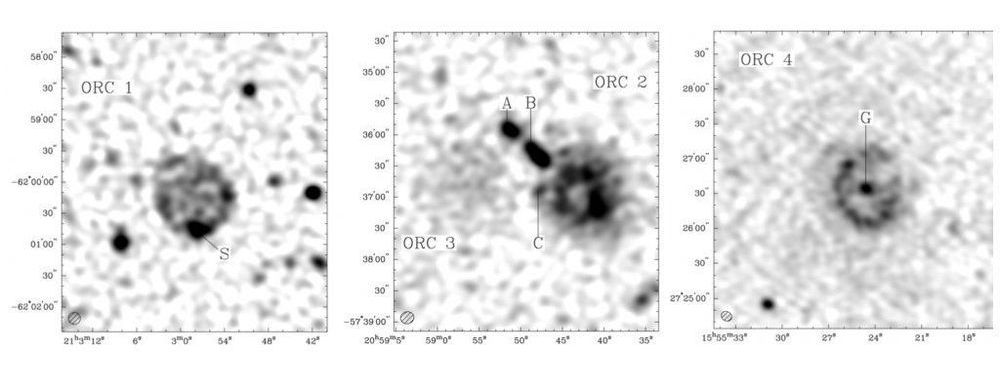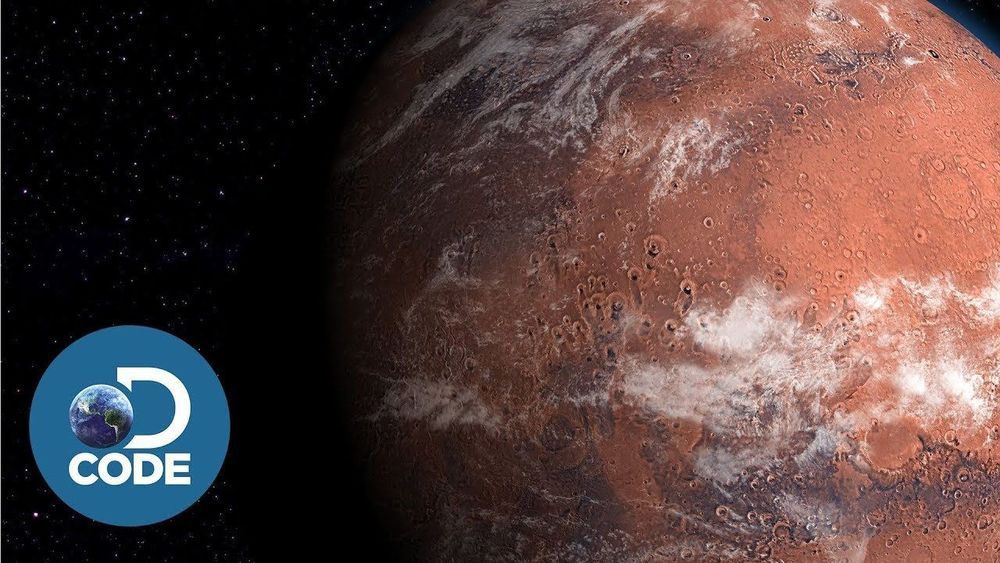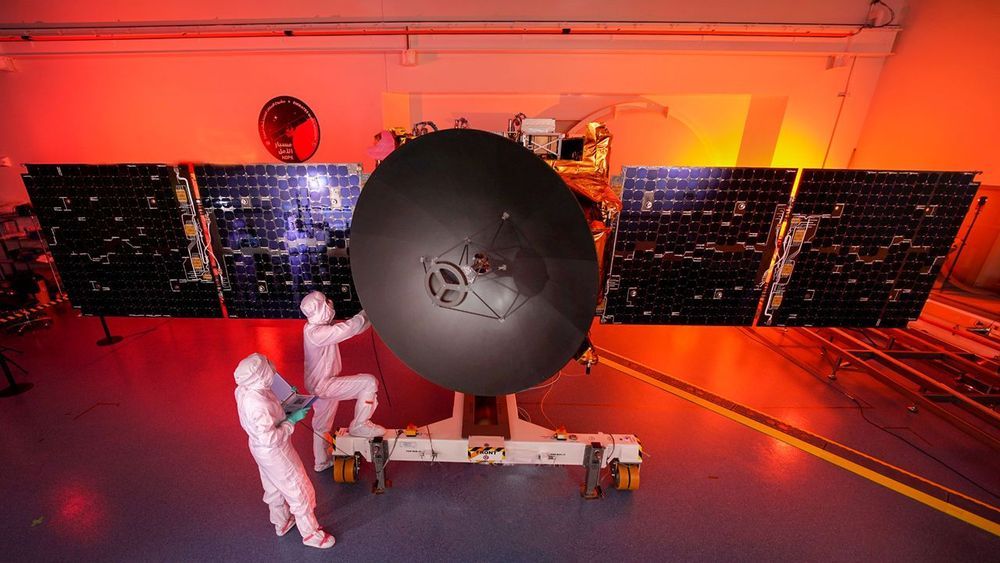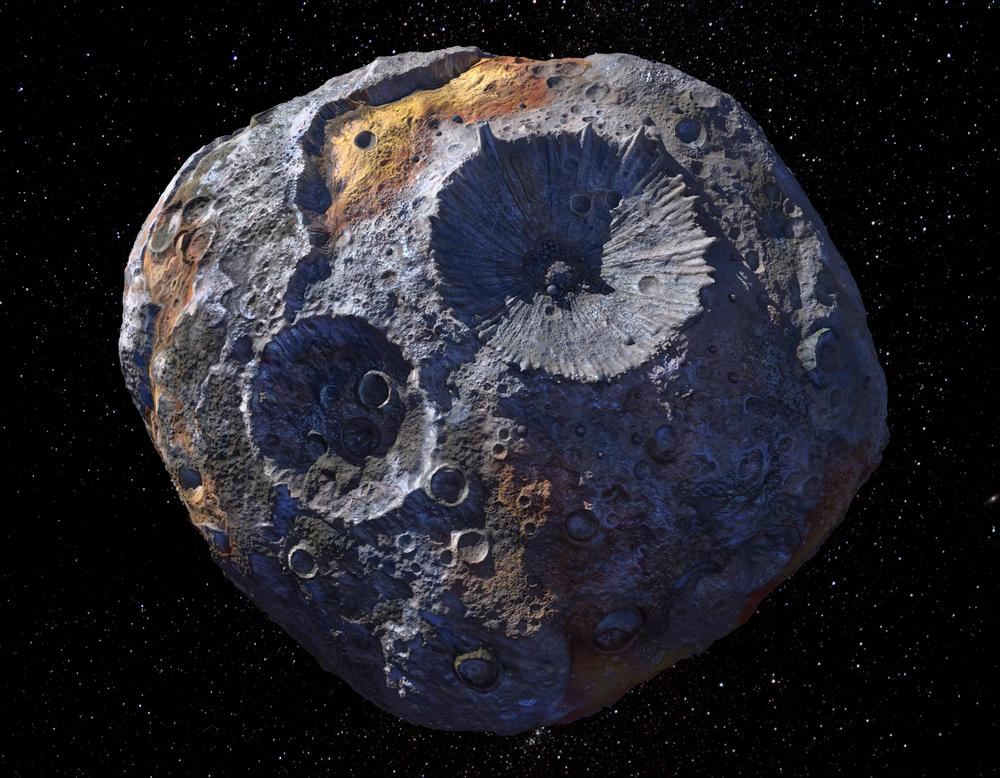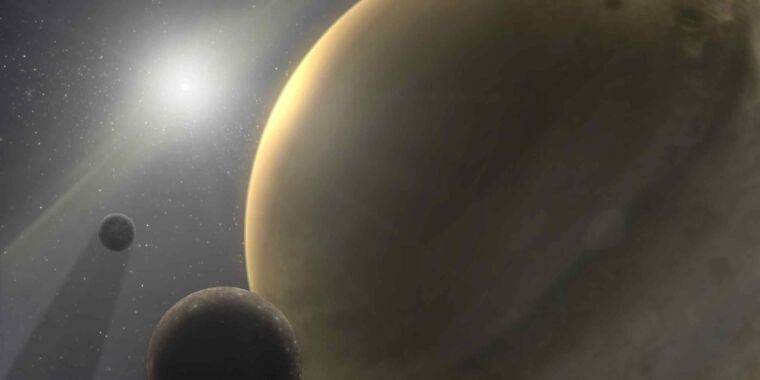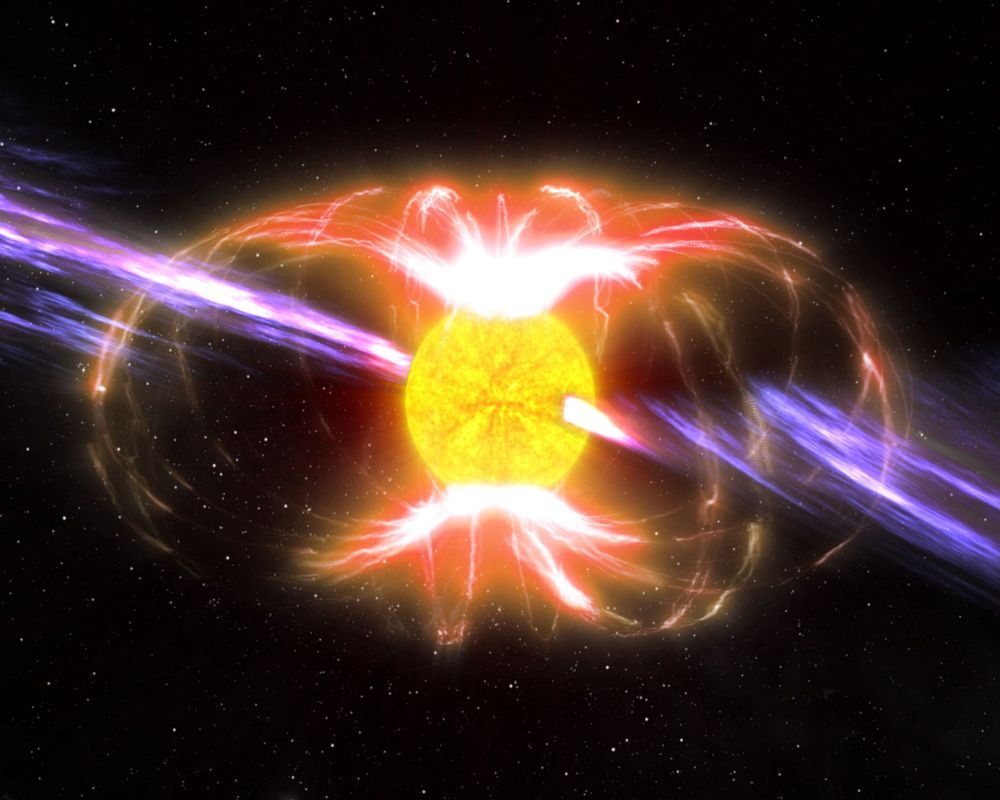Although we usually have a pretty good handle on all the different kinds of blips and blobs detected by our telescopes, it would be unwise to assume we’ve seen everything there is to see out there in the big, wide Universe. Case in point: a new kind of signal spotted by radio telescopes, which has astronomers scratching their heads.
Four of these strange objects have been detected. All of them are circular in shape, and three are particularly bright around the edges — like a ring, or a bubble that is more opaque around the edges.
An international team of astronomers led by astrophysicist Ray Norris of Western Sydney University in Australia has nicknamed them ORCs — short for “Odd Radio Circles” — in a new paper posted to arXiv and submitted to Nature Astronomy, where it awaits peer review.
